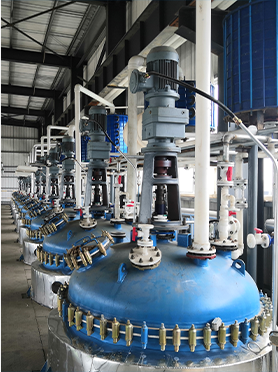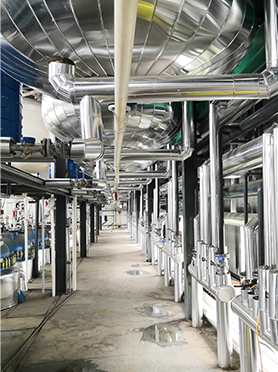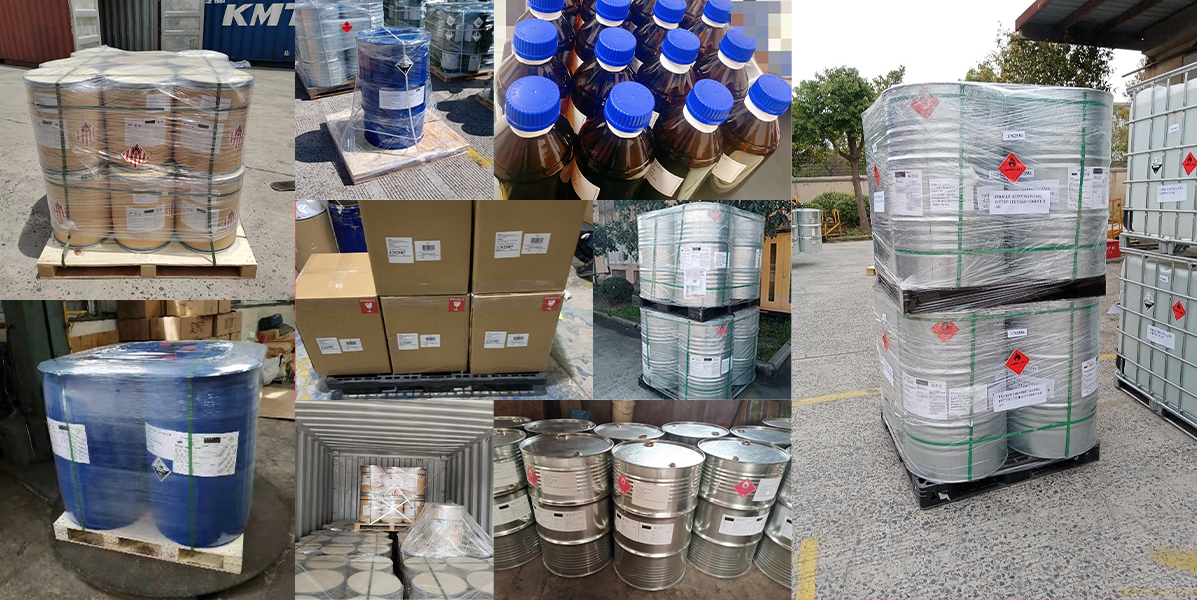Whiskey lactone, the prized aromatic compound naturally found in aged whiskey and oak, delivers the distinctive coconut and creamy notes cherished in premium spirits, gourmet foods, and fine fragrance formulations. As a highly valuable flavor and fragrance material, efficient production methods are crucial for supply. Traditional synthesis methods faced significant technical hurdles impacting yield and cost-effectiveness.
The conventional approach utilized n-pentanal and crotonic acid as starting materials in a process requiring chemical initiators and co-catalysts. This method suffered from a major drawback: the large molar excess of n-pentanal (a ratio of 4:1), which is inherently unstable under acidic reaction conditions. This instability severely hindered n-pentanal conversion efficiency, complicated its recovery, and ultimately inflated costs and lowered overall product yields.
A novel, streamlined synthesis process effectively overcomes these limitations. This advanced method employs n-pentanal and crotonate esters (such as crotonic acid methyl ester, ethyl ester, propyl ester, or butyl ester) as the primary reactants. Crucially, these components are reacted in a near-equimolar ratio, specifically 0.8-1.2:0.8-1.2, ensuring neither reactant is significantly wasted. An alcohol solvent (methanol, ethanol, propanol, or butanol) facilitates the reaction. The procedure involves an initial Knoevenagel condensation performed at a temperature between 60°C and 150°C, efficiently generating the key ketoester intermediate without requiring initiators or acidic co-catalysts.
The synthesized ketoester then undergoes transformation in the second stage: catalytic hydrogenation and cyclization. This step is conducted under remarkably mild conditions – ambient temperature and a low hydrogen pressure of just 0.1-1.0 MPa. Efficient catalysis is achieved using either palladium on carbon (Pd/C) or ruthenium on carbon (Ru/C) catalysts, typically loaded at 1-5% by weight relative to the ketoester. Hydrogenation continues until hydrogen uptake ceases, signaling reaction completion.
This innovative process provides substantial advantages over previous technologies. (1) Elimination of Initiators/Co-Catalysts: By utilizing a crotonate ester instead of crotonic acid, the Knoevenagel condensation proceeds smoothly without acidic co-catalysts that destabilize n-pentanal, vastly improving its conversion rate. (2) Optimized Stoichiometry: The close to 1:1 molar ratio of n-pentanal to crotonate ester prevents excessive use of either feedstock, minimizing raw material costs and eliminating the need for complex and costly separation processes. (3) Energy Efficiency & High Yield: Conducting the hydrogenation step at ambient temperature and low pressure dramatically reduces energy consumption. Crucially, this efficiency does not compromise output, with product yields consistently reaching 85% or higher. (4) Sustainable Solvent Management: Utilizing low-boiling, low-toxicity alcohols allows for straightforward solvent recovery and reuse, enhancing process economics and significantly reducing the volume and difficulty of wastewater treatment.
Operationally, the process is straightforward. A solution of the chosen crotonate ester in the alcohol solvent is prepared. A solution of n-pentanal in the same alcohol is then carefully added (often via controlled addition like dropwise). The mixture is heated to initiate the Knoevenagel reaction. Once complete, the reaction mixture, containing the ketoester intermediate, is transferred to an autoclave. The selected hydrogenation catalyst (Pd/C or Ru/C) is added, and hydrogen gas is introduced at low pressure until hydrogen consumption stops. The catalyst is then easily removed by filtration. The valuable alcohol solvent is recovered via distillation, leaving the target whiskey lactone, which is finally isolated through fractional distillation.

Experimental demonstrations consistently yielded excellent results. One representative trial using n-pentanal and crotonic acid ethyl ester in ethanol solvent achieved an impressive 89.7% isolated yield of whiskey lactone. Propanol solvent paired with crotonic acid propyl ester yielded an even higher 91%, showcasing process robustness across solvents and ester variants. Substituting the catalyst with ruthenium on carbon (Ru/C) also proved highly effective, delivering a 90% yield. The consistently high product purity and yields, coupled with significantly lower environmental impact and operational costs confirmed the superiority of this optimized synthetic route.
This refined synthesis protocol offers the flavor and fragrance industry a superior method for producing the highly sought-after whiskey lactone. Delivering high yields exceeding 85% under mild, energy-efficient conditions, minimizing waste, and allowing solvent recovery marks a significant advancement. By providing a cost-effective, scalable, and environmentally conscious route, this technology empowers manufacturers to supply this premium coconut-cream essence reliably, supporting the creation of exceptional consumer products demanding this sophisticated aromatic note.
Manufacturing Facilities






Professional Export Experience
to Global Customers

1. 20 years of R&D, manufacturing and sales experience, serving customers in 60 countries and regions around the world;
2. Own R&D laboratory, pilot platform and large-scale production workshop, which can meet the audit requirements of global customers;
3. We can satisfy customers' perfect transition from small scale lab requirements (gram level) to commercialization requirements (hundred tons level).
A: We don't have Minimum Order Quantity, exact quantity should be provided before quotation for us to calculate the exact cost.
A: We don't provide free samples due to lots of request and expensive international courier's cost, we can deduct the sample charge after commercial order placed.
A: Our payment terms: Small or sample order: T/T IN ADVANCE. Commercial order: First order should be by T/T IN ADVANCE or L/C at sight, and following orders T/T 30~90days is acceptable subject to approval of credit application.